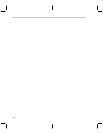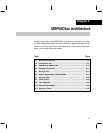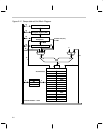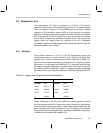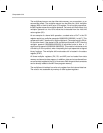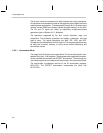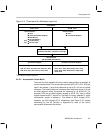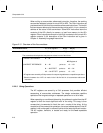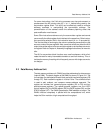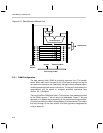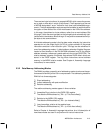
Computation Unit
2-6
The multiplicand source can be either data memory, an accumulator, or an
accumulator offset. The multiplier source can be either the 16-bit multiplier
register (MR) or the 4-bit shift value (SV) register. For all multiply operations,
the MR register stores the multiplier operand. For barrel shift instructions, the
multiplier operand is a 4-to-16-bit value that is decoded from the 4-bit shift
value register (SV).
As an example of a barrel shift operation, a coded value of 0x7 in the SV
register results in a multiplier operand of 0000000010000000 (1 at bit 7). This
causes a left-shift 7-times on the 16 bit multiplicand. The output result is 32-bit.
On the other hand, if the status bit FM (multiplier shift mode) is SET, then the
multiplier operand (0000000010000000) is left-shifted once to form a 17
significant-bit operand (00000000100000000). This mode is included to avoid
a divide-by-2 of the product, when interpreting the input operands as signed
binary fractions. The multiplier shift mode status bit is located in the status
register (STAT).
All three multiplier registers (PH, SV, and MR) can be loaded from data
memory and stored to data memory. In addition, data can be transferred from
an accumulator register to the PH, or vice versa. Both long and short constants
can be directly loaded to the MR from program memory.
The multiplicand is latched in a write-only register from the internal data bus.
The value is not accessible by memory or other system registers.





